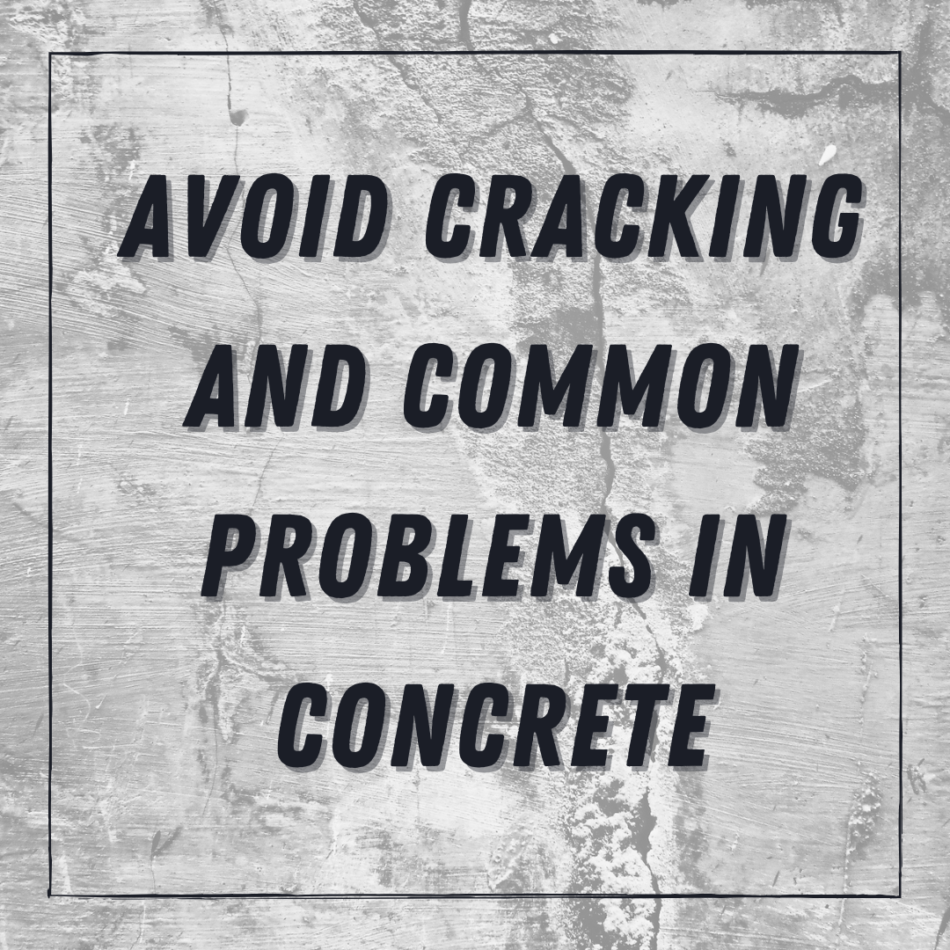Concrete is an indispensable material in the world of construction. When placed correctly, it forms a robust and long-lasting surface. However, ensuring its longevity and strength relies heavily on the process that follows its placement: concrete curing. In this guide, we’ll delve into the best practices for curing concrete and point out the common pitfalls that may lead to cracks and other problems.
Understanding the Importance of Wet Concrete Curing
To start, let’s understand why wet concrete needs attention in the first place. Freshly placed or wet concrete is in its initial setting phase. During this time, maintaining adequate moisture is paramount. If wet concrete dries out too quickly, the result can be surface cracks, reduced strength, or other defects that can compromise the structural integrity of the cured concrete.
Concrete curing isn’t just about keeping the surface wet. It is a controlled process that ensures that the concrete retains its moisture, allowing it to hydrate and gain strength over time. A well-cured concrete not only ensures durability but also results in a finished product that is resistant to wear and environmental factors.
Concrete Curing Best Practices: Ensuring the Best Outcome
Now that we grasp the importance of maintaining wet concrete, let’s delve into the optimal practices for concrete curing.
- Maintain Consistent Moisture Levels: The essence of concrete curing is to prevent the loss of moisture from the wet concrete. Using wet burlap, plastic sheeting, or even sprinkling water are effective method. For larger projects, consider using a commercial curing compound that forms a protective layer on the concrete’s surface.
- Control the Temperature: Too high or too low temperatures can adversely affect the curing process. Ideally, cured concrete should be maintained at a steady temperature between 50°F and 85°F. During extreme weather conditions, consider using insulating blankets or heaters to regulate the temperature.
- Extend the Curing Duration: While a minimum of seven days is recommended for curing the concrete, extending this period can result in even stronger concrete. It’s especially crucial if the concrete will bear loads or stresses.
Common Mistakes to Avoid in the Curing Process
While we’ve looked at the best practices, it’s equally important to recognize the potential pitfalls during the curing process.
- Premature Drying: Allowing the wet concrete to dry out prematurely is one of the most common mistakes. This can happen if you wait too long before starting the curing process or if the concrete is exposed to direct sunlight, wind, or low humidity.
- Skipping Sealing: Once the concrete cure is complete, sealing it can add an extra layer of protection. A good quality sealer not only protects the surface from stains and abrasions but also prolongs the life of the concrete.
- Inconsistent Curing: Inconsistency in maintaining moisture or temperature levels during the curing period can lead to a patchy finish. It can also result in variations in strength across the surface, making some parts more susceptible to damage than others.
Conclusion: The Path to Durable and Resilient Concrete
In the realm of construction, the adage “haste makes waste” holds particularly true for concrete. Taking shortcuts or overlooking best practices during the curing process can lead to a host of problems down the line. By understanding the significance of wet concrete management, and by diligently following the optimal practices for concrete curing, professionals can ensure that the resulting cured concrete stands the test of time.
As with many things, patience and attention to detail in the curing process pay off in the form of strong, durable, and aesthetically pleasing concrete structures. Whether you’re a seasoned builder or a DIY enthusiast, always remember: When it comes to curing the concrete, it’s a marathon, not a sprint.






